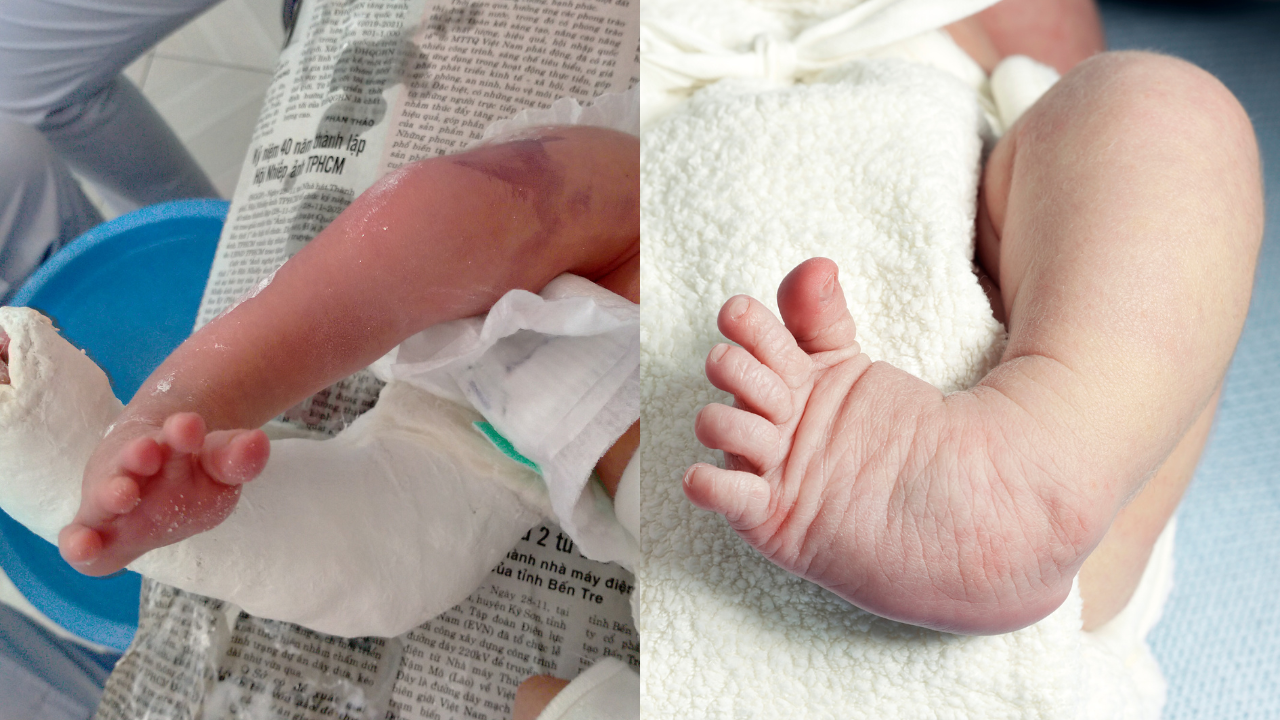Why So Many Children Still Grow Up with Preventable Clubfoot

Credits: Canva
SummaryClubfoot, a common congenital deformity in India, often goes untreated due to low awareness, stigma, and poor healthcare access. Expert stresses that with early diagnosis and simple treatment, disability can be prevented, while even neglected cases benefit from surgery and rehabilitation.
End of Article
